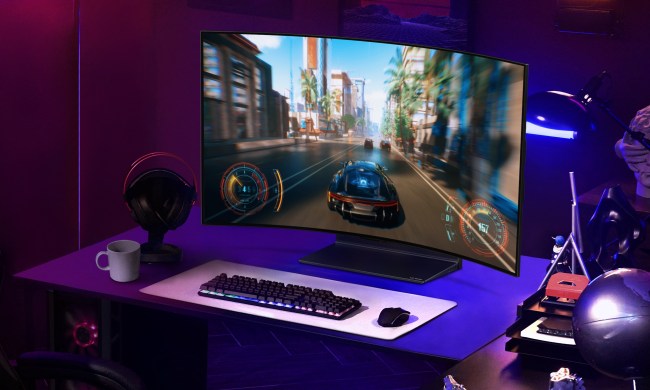We spend a lot of time here on various headphones and earbuds and how they’re able to block out the noise while still letting in the sounds you need to hear. Sometimes it’s noise cancellation as a matter of clarity, with a side effect being better hearing health.
Perhaps more important — and certainly with a lighter hit on the wallet — is noise reduction in the form of earplugs. In fact, one of my favorite quality-of-life decisions in recent years has been when I started wearing earplugs at concerts. (Yes, something I should have done years ago, before I could tell my hearing was taking a hit. Oh, to be young again.) And today Loop — you’ve undoubtedly seen its work on Instagram by now — has unveiled the Loop Switch 2 earbuds. And I’m using that term on purpose because they indeed look and feel more like something you use to listen to music than you do to keep your hearing from being damaged, even if Loop itself uses the word “earplugs,” which puts these in a decidedly different category than something that would include the best wireless earbuds.
The “Switch” part refers to three levels of noise reduction — “modes,” Loop calls them. But make no mistake, these are unpowered earplugs, for passive noise reduction instead of active noise cancellation. The new models block out more noise than before, have a slimmer profile, and they come in four colors.
“Our goal is to make hearing protection seamless and stylish, integrating it into everyday life through innovative technology,” Loop co-founder Dimitri O said in a press release. “The original Loop Switch transformed how people control sound, but Loop Switch 2 sets a new standard with major improvements in comfort, design and performance.”
You can essentially think of the three levels of noise reduction as sort of an unplugged, unpowered, analog version of transparency modes you’d find in Bluetooth earbuds. In a very oversimplified sense, the numbers you’re about to read refer to the amount of noise-reduction each mode inflects.

“Engage Mode” is the lowest of those, at 20dB SNR. (That’s increased from 17db SNR.) Loop says it “clarifies speech while softening ambient noise” as sound travels through the acoustic channel (that’s where the “loop” part of all this comes in) and mesh filter. So it’d theoretically takes a 100dB concert down to 80dB. Loop intends this for use in cafes or restaurants to help cut down on the din.
Experience Mode weighs in at 23dB SNR, up from 21dB SNR, and it “filters noise while preserving rich sound,” which is “ideal for events or immersive listening.”
And Quiet Mode lands at 26dB SNR, up from 25dB SNR, “for focus in shared workspaces or creating a calm bubble while traveling.”
The mechanical dial — which is what lets you switch from one mode to another — has been redesigned, with “more intuitive and tactile transitions between modes.”
“Loop Switch 2 gives people unprecedented control over their sound environment,” Loop co-founder Maarten Bodewes said in the press release. “We’ve pushed the limits of what a single earplug can achieve, combining precision and convenience so users can focus on what matters most, without distraction.”




